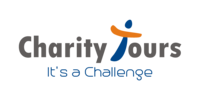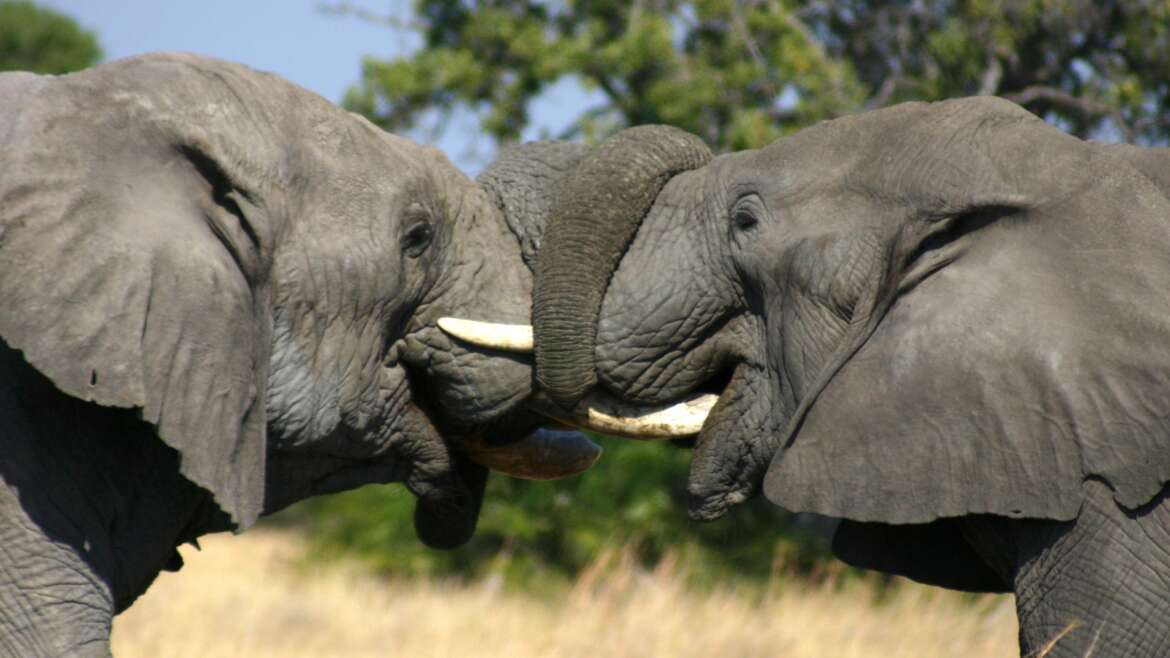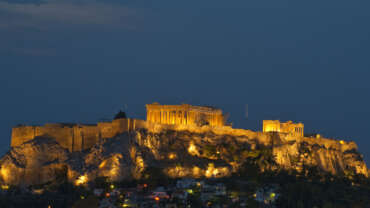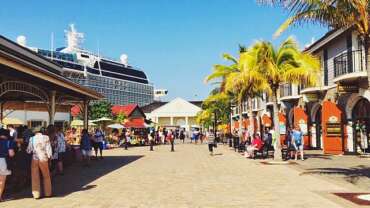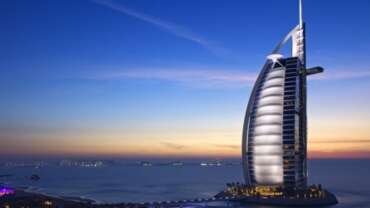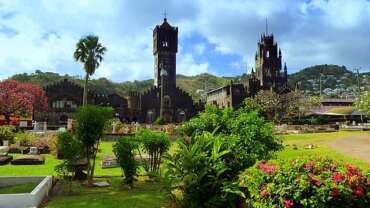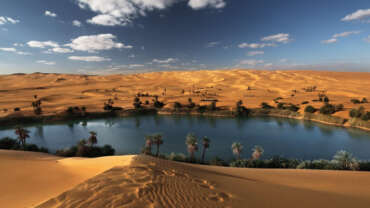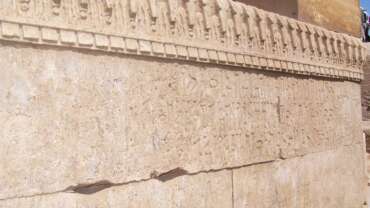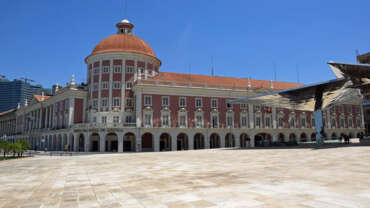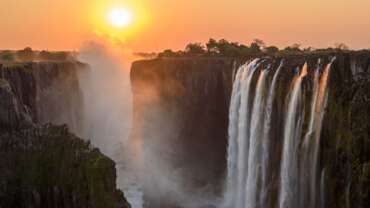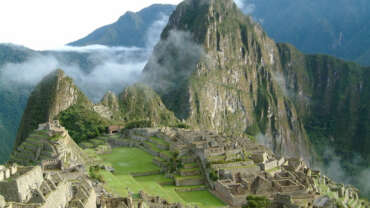Botswana - Botswana: our pride, your destination
Botswana, a landlocked country in Southern Africa, has a landscape defined by the Kalahari Desert and the Okavango Delta, which becomes a lush animal habitat during the seasonal floods. The massive Central Kalahari Game Reserve, with its fossilized river valleys and undulating grasslands, is home to numerous animals including giraffes, cheetahs, hyenas and wild dogs.
Botswana is well known for having some of the best wilderness and wildlife areas on the African continent. With a full 38 percent of its total land area devoted to national parks, reserves and wildlife management areas – for the most part unfenced, allowing animals to roam wild and free – travel through many parts of the country has the feeling of moving through an immense Nature wonderland.
Botswana is a rarity in our overpopulated, over-developed world. Untamed and untameable, it is one of the last great refuges for Nature’s magnificent pageantry of life.
Experience here the stunning beauty of the World’s largest intact inland Delta – the Okavango; the unimaginable vastness of the world’s second largest game reserve – the Central Kalahari Game Reserve; the isolation and other-worldliness of the Makgadikgadi – uninhabited pans the size of Portugal; and the astoundingly prolific wildlife of the Chobe National Park.
Botswana is the last stronghold for a number of endangered bird and mammal species, including Wild Dog, Cheetah, Brown Hyena, Cape Vulture, Wattled Crane, Kori Bustard, and Pel’s Fishing Owl. This makes your safari experience even more memorable, and at times you will feel simply surrounded by wild animals.
The first – and most lasting impressions – will be of vast expanses of uninhabited wilderness stretching from horizon to horizon, the sensation of limitless space, astoundingly rich wildlife and bird viewing, night skies littered with stars and heavenly bodies of an unimaginable brilliance, and stunning sunsets of unearthly beauty.
As well, with more and more cultural tourism options on offer, you will be charmed by the people of Botswana, visiting their villages and experiencing first-hand their rich cultural heritage. But perhaps most of all, Botswana’s greatest gift is its ability to put us in touch with our natural selves. It offers that vital link so keenly felt by inhabitants of the developed world, a pervasive void we feel but often cannot name – our connectedness with Nature and the astonishing diversity of plants and animals to be explored.
Self Drive Camping
Embarking on a camping trip in Botswana requires a good deal of planning and preparation. You will be going to remote areas, accessible only by four-wheel drive, where water, petrol or food may not be available. You may often be driving on rough terrain, and through heavy sand, in conditions very different from those you are used to.
As a general rule, take all food requirements to last your stay. Take at least 20 litres of water per person, preferably more; for desert destinations, carry between 50 and 100 litres. Carry at least 100 litres of petrol in long-range tanks or in metal jerry tins. Take spare vehicle parts for breakdowns.
As campsites within game reserves and national parks are usually not fenced, it is important for campers to take necessary precautionary measures to ensure their safety, and to abide by the information provided by wildlife officers.
The following basic camping rules should be strictly heeded:
– Only camp in designated campsites.
– Always sleep in your tent, roof tent or vehicle. Make sure your tent zips up well.
– Don’t sleep with legs or arms protruding from the tent.
– Use rubbish receptacles at the campsites; if there are none, carry away all rubbish until you get to the next town.
– Cigarette butts should be well extinguished and placed in a rubbish bag, not thrown on the ground.
– Make sure the campfire is well extinguished at the end of the evening, or after use, and cover it with sand.
– Don’t sleep on bridges or animal paths, particularly those of elephants and hippos.
– Bury all faecal matter and burn all toilet paper.
– Don’t bathe or drink from still bodies of water; there is the danger of bilharzia.
– In the Okavango, don’t swim in lagoons or streams; there is the danger of crocodiles and/or hippos.
– Children must be constantly supervised. Never leave them alone in the campsite. Never allow children to nap on the ground or in the open.
Don’t stray far from the campsite, or walk in the bush, unless with a qualified guide.
– Driving is on the left side of the road. The national speed limit on tarred roads is 120 km/h and 60 km/h in towns and villages. Watch out for wildlife and domestic animals on the roads. In the National parks always stay on the established tracks in order to avoid the ugly scars left by off-road driving. Stay below the 40km/h speed limit for the safety of wildlife and yourselves.
The general rule of thumb for camping in Botswana is – take only memories, leave only footprints.
Getting to Botswana
By Air
Air Botswana, Botswana’s national and only airline, provides international flights between Gaborone and Johannesburg, Gaborone and Harare, Maun and Johannesburg, Kasane and Johannesburg and Francistown and Johannesburg. Domestic flights run between Gaborone and Francistown, Maun and Kasane, and the airline has recently re-introduced its Maun to Kasane flight (three times per week).
Air Botswana has thrice daily flights between Gaborone and Johannesburg.
South African Airways has twice daily flights between Johannesburg and Gaborone, during the week.
South African Express has five flights daily between Johannesburg and Gaborone, during the week.
Air Botswana has daily flights from Johannesburg direct to Maun.
Air Namibia flies Windhoek to Maun every day of the week, except Tuesday and Thursday.
Kenya Airways flies Nairobi to Gaborone.
Air charter services are also available.
Light aircraft transfers have a 15kg luggage restrictions in soft, squashable bags PLUS 5kg of hand luggage. The size of the cargo pod of a Cessna 206, which is generally used on inter-camp transfers is 72cm wide and 29 cm high. Travelers coming for safaris are advised not to bring hard suitcases as they will not fit on light aircrafts.
Most major international airlines from Europe, the United States, Asia and Australia fly to Johannesburg, South Africa, where connecting flights can be booked to Sir Seretse Khama International Airport in Gaborone, or to Maun, Francistown or Kasane.
By Road
Botswana is accessible by tarred road from South Africa, Zimbabwe, Zambia and Namibia. Vehicles are driven on the left hand side of the road. A valid international driver’s license, along with vehicle registration documents, are required to drive in Botswana, and drivers should always carry them.
Most major roads in Botswana are tarred and driving conditions are generally good. The main roads to established areas are regularly graded. Four-wheel drive is required when travelling in the national parks and reserves, as well as in remote areas. Car and four-wheel drive rental services are widely available in major tourist centres, airports and hotels.
By Bus
There are scheduled bus services across borders between Botswana and South Africa, Zimbabwe, Namibia and Zambia, as well as good internal bus services linking major and minor towns and villages across the country.
By Rail
There are no passenger train services in Botswana. Cargo services run on a daily basis.
For more information consult The Botswana Railways website at www.botswanarailways.co.bw.
Getting Around In Towns
Taxis are normally a convenient way to get around in towns and are reasonably priced. They are easily identified in designated stations or can be contacted by telephone. Taxis to Gaborone are also available from Sir Seretse Khama International Airport.
People of Botswana
Ethnic groups
The dominant ethnic identity in Botswana is Tswana, comprising some two-thirds of the population in the 21st century. The country’s whole population is characterized as Batswana (singular Motswana) whatever their ethnic origin. Tswana ethnic dominance (“Tswanadom”) in Botswana can be dated to the eight Tswana states, which ruled most of the area in the 19th century. Under British colonial rule, the populations of these states were given the official status of “tribes,” a term still used today.
Within southeastern Botswana the other main ethnic identity besides Tswana, that of the Khalagari (Western Sotho), has become so incorporated as to be almost indistinguishable from the Tswana. Even their name is now usually rendered in the Tswana form as “Kgalagadi.”
The Ngwato of east-central Botswana constitute the largest traditional “tribal” state but are probably less than one-fifth ethnic Tswana by origin. The major incorporated ethnic groups are Khalagari, Tswapong and Birwa (both Northern Sotho), and Kalanga (Western Shona). With larger numbers to the east in Zimbabwe, some Kalanga have resisted full incorporation.
The Tawana state of northwestern Botswana can be seen as the least successful in incorporating other ethnic groups. Most of its population is Yei and Mbukushu by origin, related to riverine peoples in the Caprivi Strip, Angola, and Zambia to the north. Smaller numbers of Mbanderu and Herero have greater numbers of close relatives across the border in Namibia. The Subiya along the Chobe, closely related to people in the Caprivi Strip and Zambia, were excluded from the Tawana “tribal” reserve by the British.
Small scattered groups of Khoisan people inhabit the southwestern districts of Botswana, as well as being incorporated with other ethnic groups. They include communities with their own headmen and livestock, as well as poorer groups employed by Tswana and white cattle farmers.
White settlement in Botswana, consisting of some Afrikaners and fewer English settled in border farms, totaled fewer than 3,000 people in the colonial period. The number of whites in Botswana, while showing some increase since independence, still accounts for only a very small portion of the total population. Botswana is also home to a small population of Asian or mixed ancestry.
Languages
The national language, Tswana (Setswana, Sechuana), is widely spoken. The official language is English. The Khoisan speak languages characterized as Khoe, or Khwe, and San. Several other languages are also spoken in the country, including Kalanga, Sekgalagadi, Herero, Mbukushu, and Yei.
Religion of Botswana
About one-half of the country’s population is Christian, predominantly independent Christian, with some Protestant. Some one-third adhere to traditional beliefs as their primary religious orientation. Christianity was introduced during the colonial era by missionaries from the south such as David Livingstone and was established as the official religion of the eight Tswana states by the end of the 19th century. Some indigenous religious and medical practices, notably respect for patriarchal ancestors, were assimilated within popular Christian beliefs.
Explore Botswana
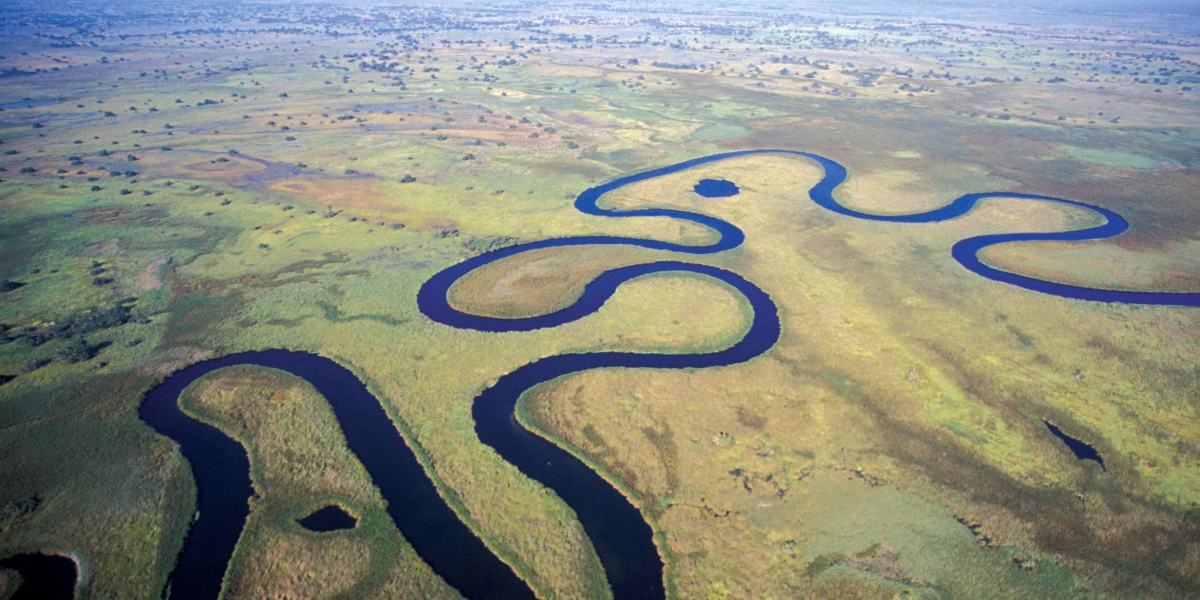
Experience the stunning beauty, the unimaginable vastness, the isolation and worldliness, the astoundingly profilic wildlife of the best kept African secret – Botswana.
Okavango Delta
One of the most sought after wilderness destinations in the world, the Okavango Delta gives entrance to the spectacle of wild Africa such as dreams are made of – the heart-stopping excitement of big game viewing, the supreme tranquility and serenity of an untouched delta, and evocative scenes of extraordinary natural beauty.
A journey to the Okavango Delta – deep into Africa’s untouched interior – is like no other. Moving from wetland to dryland – traversing the meandering palm and papyrus fringed waterways, passing palm-fringed islands, and thick woodland, resplendent with lush vegetation, and rich in wildlife – reveals the many facets of this unique ecosystem, the largest intact inland delta in the world.
The Okavango Delta is situated deep within the Kalahari Basin, and is often referred to as the ‘jewel’ of the Kalahari.
That the Okavango exists at all – deep within this thirstland – seems remarkable. Shaped like a fan, the Delta is fed by the Okavango River, the third largest in southern Africa. It has been steadily developed over the millennia by millions of tonnes of sand carried down the river from Angola.
